Photography in 2025 is more exciting than ever, thanks to continuous innovation in camera technology. Whether you’re a professional, hobbyist, or beginner, choosing the right camera depends on your needs be it resolution, speed, autofocus, or video capabilities.
Here’s our curated list of the 7 best cameras for photography in 2025, along with key specs pros cons and what makes them stand out.
1. Sony A1 II (2025 Flagship Beast)
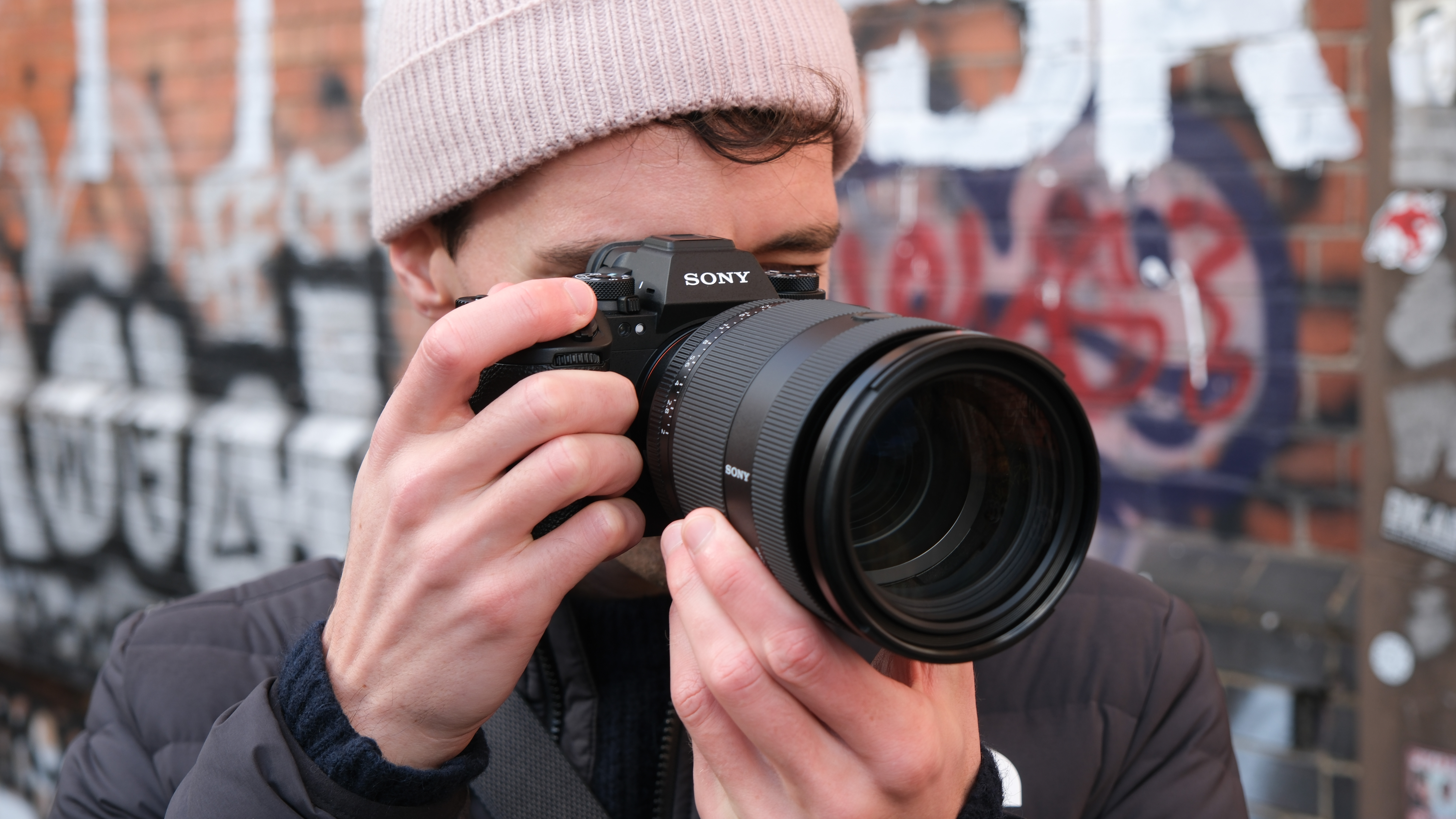
Why it’s the best: The Sony A1 II is a powerhouse that combines high resolution, incredible speed, and 8K video—all in one body.
- Resolution: 61MP full-frame sensor
- Shooting speed: 30 fps continuous
- Video: 8K at 60fps, 4K at 120fps
- AF System: AI-enhanced Real-time Tracking
Pros:
- Perfect for sports, wildlife, and commercial photography
- Excellent low-light performance
- Future-proof with 8K video
Cons:
- Very expensive
- Requires fast (and pricey) memory cards
Ideal for: Professional photographers and hybrid shooters.
2. Canon EOS R5 Mark II

Why it’s great: Canon’s update to the popular R5 brings improved heat management, better battery life, and AI autofocus.
- Resolution: 45MP
- Shooting speed: 20 fps (electronic), 12 fps (mechanical)
- Video: 8K with RAW support
- AF: Dual Pixel CMOS AF II with subject recognition
Pros:
- Versatile for both photo and video
- Superior color science
- Compact and weather-sealed
Cons:
- Still has slight heating issues in extreme 8K shooting
Ideal for: Wedding, portrait, and video shooters.
3. Nikon Z8
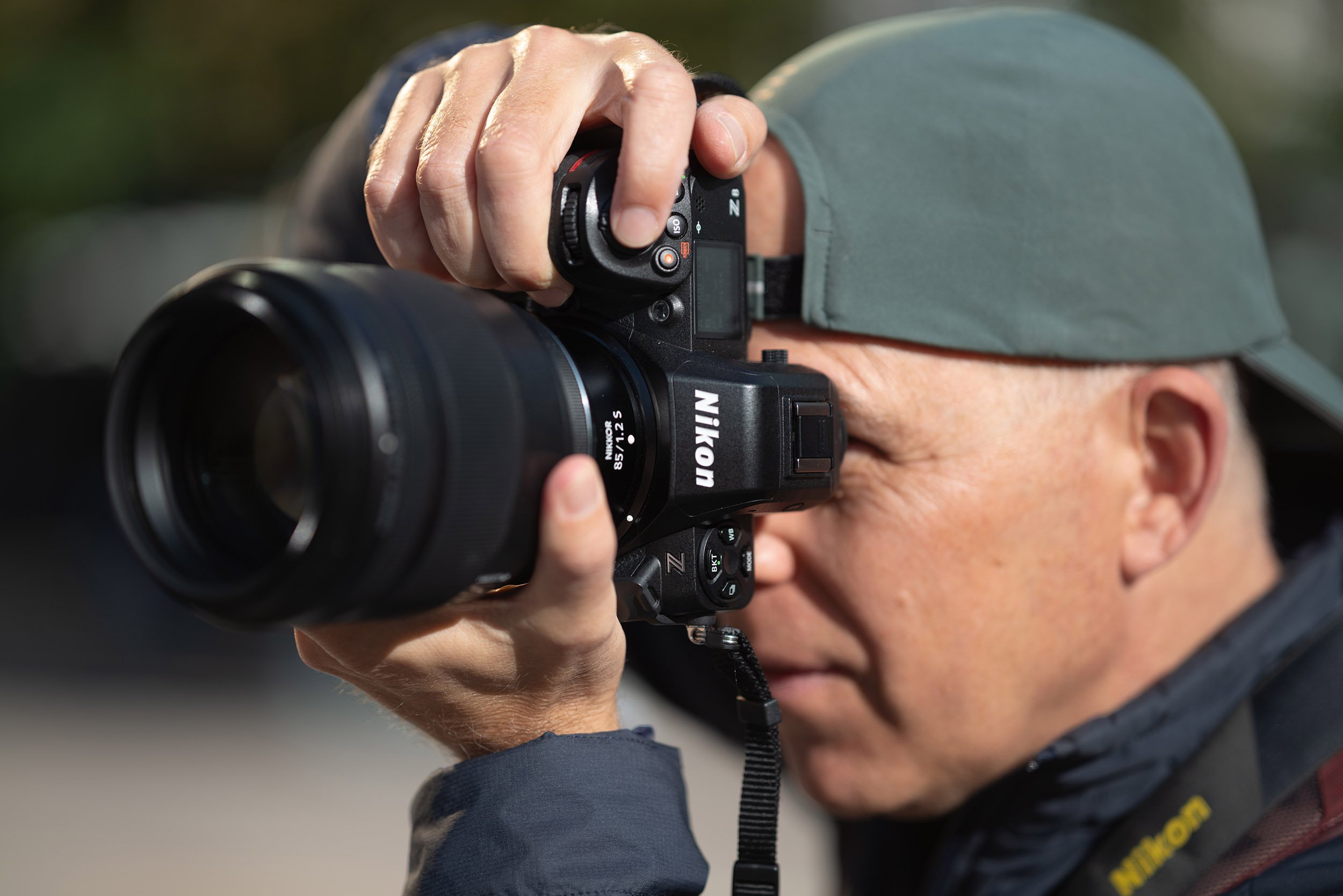
Why it’s trending: The Nikon Z8 offers Z9-level performance in a smaller, more affordable body.
- Resolution: 45.7MP
- Burst Rate: 20 fps RAW
- AF System: Deep learning subject detection
Pros:
- Best dynamic range in its class
- Dual card slots
- Excellent build quality
Cons:
- Less popular for third-party lens compatibility
Ideal for: Landscape, studio, and action photographers.
4. Fujifilm X-H2S
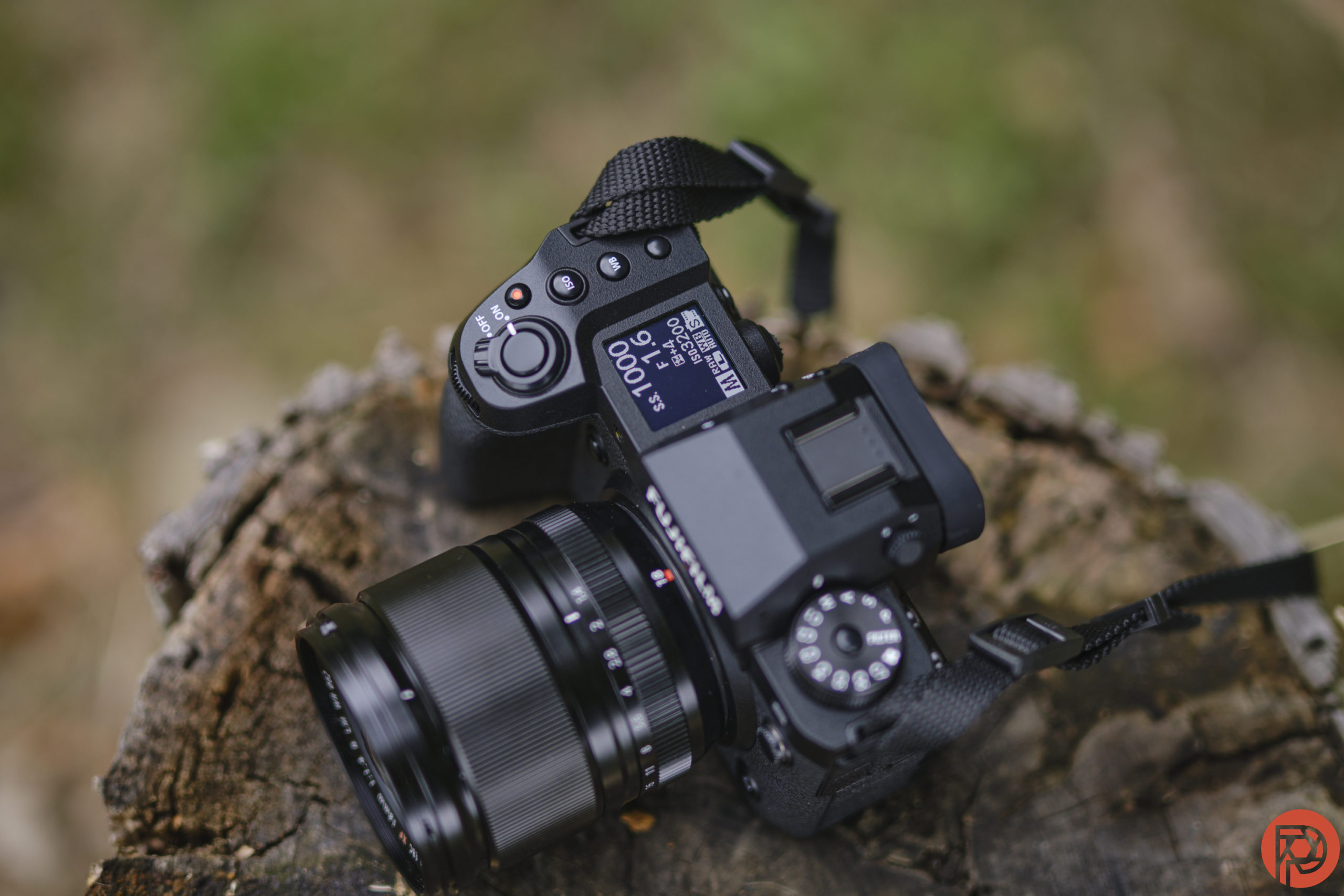
Why it stands out: APS-C has never been more powerful. The X-H2S offers unmatched speed with 40 fps burst and advanced video tools.
- Sensor: 26.1MP stacked APS-C
- Video: 6.2K video, F-Log2
- IBIS: 7-stop
Pros:
- Ideal for hybrid content creators
- Lightweight but rugged
- Cheaper than full-frame alternatives
Cons:
- Smaller sensor than full-frame
Ideal for: Travel, documentary, and wildlife shooters.
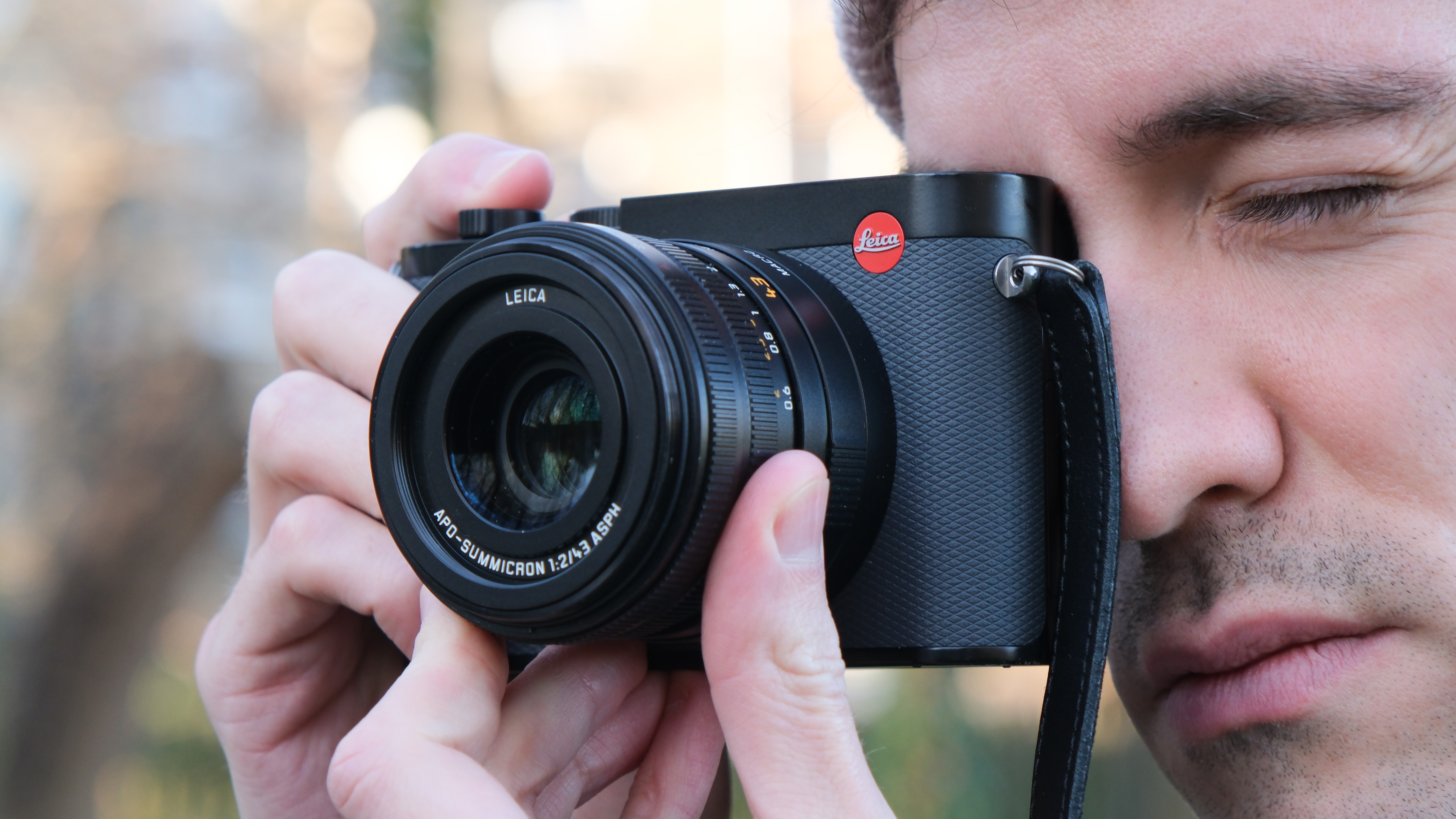
5. Leica Q3
Why it’s unique: The Leica Q3 is all about simplicity and luxury, offering unmatched image quality with a fixed 28mm lens.
- Sensor: 60MP full-frame
- Lens: Summilux 28mm f/1.7 ASPH
- Video: 8K recording
Pros:
- Exceptional color rendering
- Timeless design
- Great for street and fine-art photography
Cons:
- Very expensive
- Not versatile due to fixed lens
Ideal for: Street photographers, collectors, and minimalist creators.
6. Panasonic Lumix S5 II
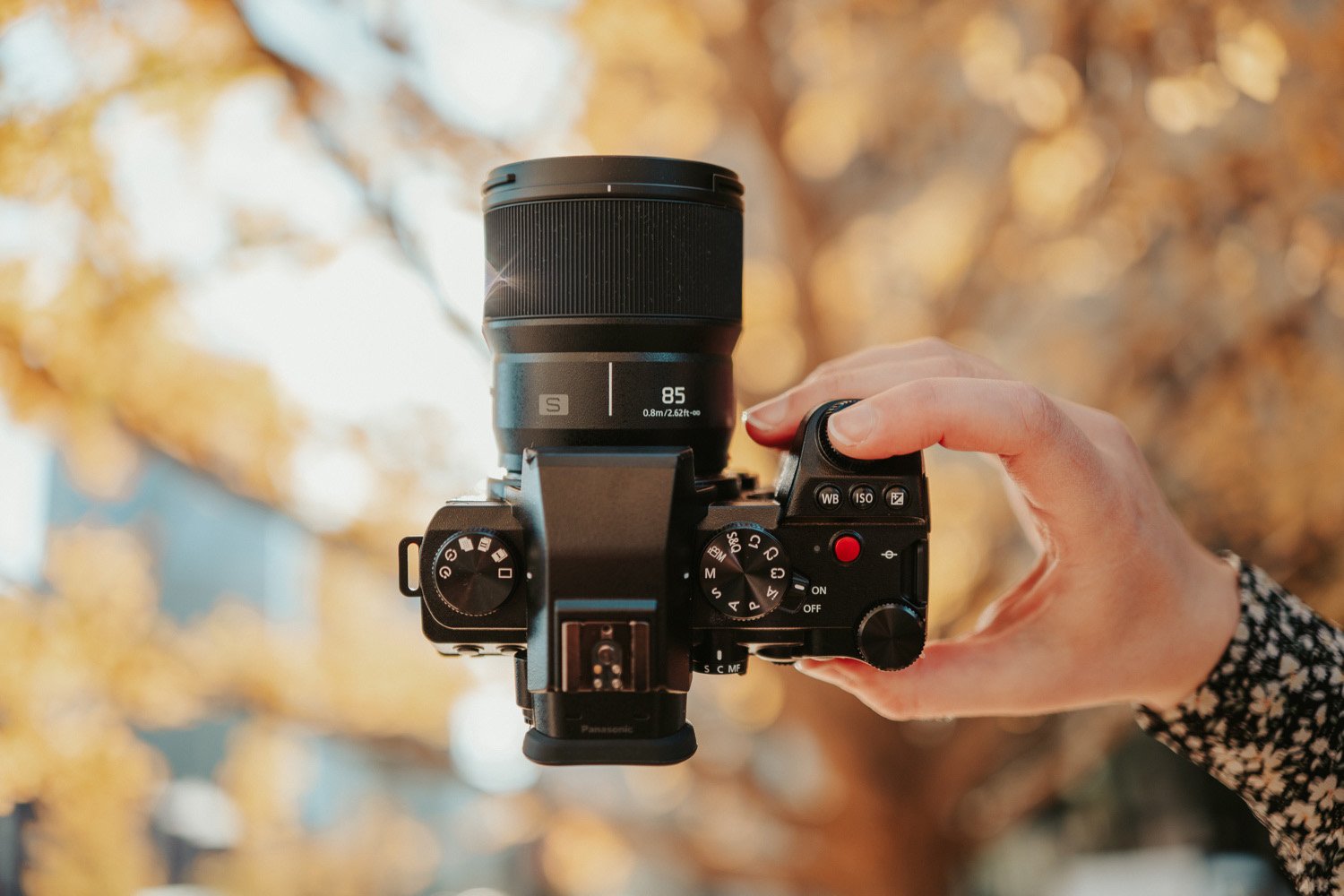
Why it’s a sleeper hit: This full-frame hybrid camera delivers strong photography performance with class-leading video tools.
- Sensor: 24.2MP
- AF: Phase Detection Autofocus
- Video: 6K Open Gate, 4K 60p
Pros:
- Affordable for full-frame
- Dual native ISO
- Compact design
Cons:
- Not ideal for high-res commercial work
Ideal for: YouTubers, vloggers, and hybrid shooters.
7. OM SYSTEM OM-1 Mark II

Why it’s here: For Micro Four Thirds fans, the OM-1 II provides pro-level performance in a compact package.
- Sensor: 20.4MP stacked BSI
- Burst: 50 fps with continuous AF
- IBIS: 8 stops
Pros:
- Weather-sealed and portable
- Incredible stabilization
- Affordable
Cons:
- Limited resolution compared to full-frame
Ideal for: Wildlife, macro, and adventure photographers.
Final Thoughts
In 2025, there’s no one-size-fits-all “best” camera—it depends on your needs, style, and budget. For the absolute best image quality and speed, the Sony A1 II stands on top. However, for everyday creators or professionals with specific needs, cameras like the Fujifilm X-H2S, Canon R5 II, or Leica Q3 can be the perfect fit.

